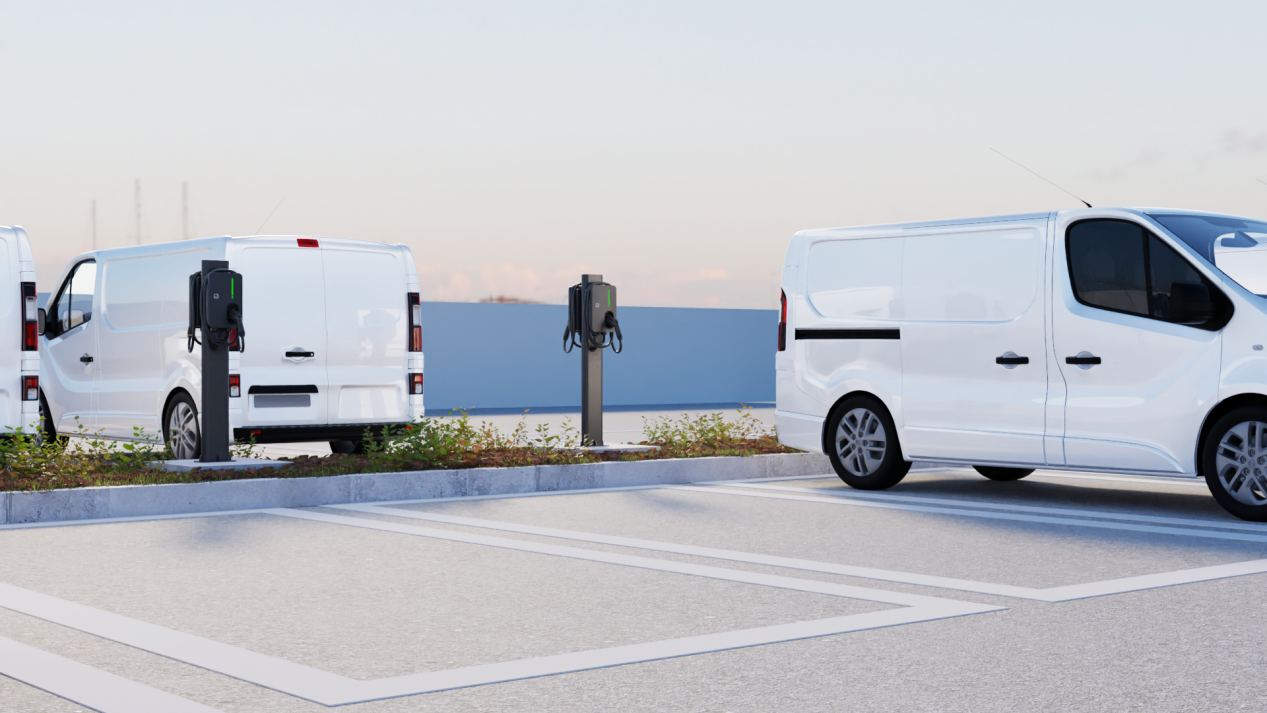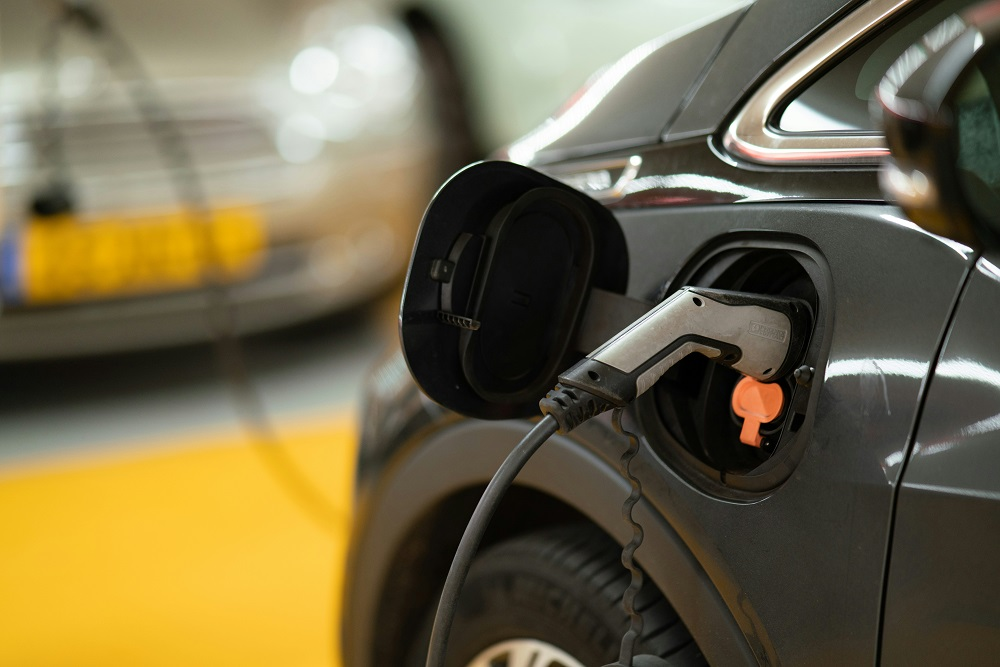
Wireless Electric Vehicle Charger vs Cable Charging
Framing the EV Charging Debate: Convenience or Efficiency?
As electric vehicles (EVs) transition from niche innovations to mainstream transportation solutions, the infrastructure that sustains them has become a critical focal point. Among the most fervent debates is the juxtaposition of wireless EV charging against the traditional cable-based method. This debate straddles the competing priorities of user convenience and energy efficiency—two pillars that are not always in harmony. While some hail the contactless allure of wireless systems, others underscore the mature reliability of tethered charging.
The Role of Charging Methods in the EV Adoption Curve
Charging modality is not a peripheral concern; it is central to the acceleration or stagnation of EV adoption. The consumer decision matrix increasingly includes considerations of charging accessibility, speed, safety, and long-term costs. Charging technology, therefore, is not merely a technical detail—it is a social catalyst that can either catalyze or constrain widespread EV integration.
Objective and Structure of This Comparative Analysis
This article undertakes a critical comparison of wireless and cable charging for electric vehicles, examining their technical architectures, operational efficacy, economic implications, and societal impact. The aim is to furnish a holistic understanding, empowering stakeholders—from consumers to policymakers—with actionable insights in an increasingly electrified landscape.
Understanding the Fundamentals of EV Charging
How Electric Vehicles Recharge: Core Principles
At its core, EV charging involves the transference of electrical energy from an external source into a vehicle's battery system. This process is regulated by onboard and offboard power management systems, which convert and channel energy in accordance with battery specifications. Voltage control, current regulation, and thermal management play essential roles in ensuring both efficiency and safety.
AC vs DC Charging: What It Means for Wired and Wireless Systems
Alternating Current (AC) and Direct Current (DC) delineate the two primary charging modalities. AC charging, common in residential and slow-charging scenarios, relies on the vehicle’s onboard inverter to convert electricity. Conversely, DC fast charging circumvents this by delivering electricity in a format directly usable by the battery, enabling significantly faster recharge times. Wireless systems, though predominantly AC-based, are being explored for high-capacity DC applications.
Overview of Level 1, Level 2, and Fast Charging Technologies
Charging levels correspond to power output and recharge velocity. Level 1 (120V) serves low-demand residential needs, often requiring overnight sessions. Level 2 (240V) represents a balance between speed and accessibility, suitable for homes and public stations. Fast Charging (Level 3 and above) employs high-voltage DC to deliver rapid replenishment, albeit with infrastructure and thermal trade-offs.

What Is a Wireless Electric Vehicle Charger?
1.Defining Wireless Charging: Inductive and Resonant Systems
Wireless EV charging operates on the principle of electromagnetic induction or resonant coupling. Inductive systems transfer power across a minimal air gap using magnetically aligned coils, while resonant systems exploit high-frequency oscillation to enhance energy transfer over greater distances and slight misalignments.
2. How Wireless Charging Transfers Energy Without Cables
The underlying mechanism involves a transmitter coil embedded in a charging pad and a receiver coil affixed to the vehicle’s undercarriage. When aligned, an oscillating magnetic field induces current in the receiver coil, which is then rectified and used to charge the battery. This seemingly magical process obviates the need for physical connectors.
3. Key Components: Coils, Power Controllers, and Alignment Systems
Precision engineering underpins the system: high-permeability ferrite coils maximize flux efficiency, smart power controllers regulate voltage and thermal outputs, and vehicle alignment systems—often aided by computer vision or GPS—ensure optimal coil positioning. These elements coalesce to deliver a streamlined, user-friendly experience.
How Traditional Cable Charging Works
1. Anatomy of a Cable Charging System
Cable-based systems are mechanically simple yet functionally robust. They include connectors, insulated cables, inlets, and communication interfaces that enable safe, bidirectional power exchange. These systems have matured to accommodate a diverse range of vehicles and charging environments.
2. Connector Types, Power Ratings, and Compatibility Considerations
Connector typologies—such as SAE J1772, CCS (Combined Charging System), and CHAdeMO—are standardized for varied voltage and current capacities. Power delivery spans from a few kilowatts to over 350 kW in high-performance applications. Compatibility remains high, though regional differences persist.
3. Manual Interaction: Plugging In and Monitoring
Cable charging necessitates physical engagement: plugging in, initiating charge sequences, and often monitoring via mobile applications or vehicle interfaces. While this interactivity is routine for many, it introduces barriers for individuals with mobility challenges.
Installation Requirements and Infrastructure Needs
1. Space and Cost Considerations for Home Installations
Cable charging necessitates physical engagement: plugging in, initiating charge sequences, and often monitoring via mobile applications or vehicle interfaces. While this interactivity is routine for many, it introduces barriers for individuals with mobility challenges.
2. Urban Integration: Curbside and Public Charging Infrastructure
Urban environments present unique challenges: limited curb space, municipal regulations, and high traffic. Cable systems, with their visible footprints, face vandalism and obstruction risks. Wireless systems offer unobtrusive integration but at a higher infrastructural and regulatory cost.
3. Technical Complexity: Retrofits vs New Builds
Retrofitting wireless systems into existing structures is complex, often necessitating architectural modification. In contrast, new builds can seamlessly integrate inductive pads and related components, optimizing for futureproof charging environments.
Efficiency and Energy Transfer Comparison
1. Wired Charging Efficiency Benchmarks
Cable charging routinely achieves efficiency levels exceeding 95%, owing to minimal conversion stages and direct physical contact. Losses primarily emerge from cable resistance and heat dissipation.
2. Wireless Charging Losses and Optimization Techniques
Wireless systems typically exhibit 85–90% efficiency. Losses occur due to air gaps, coil misalignment, and eddy currents. Innovations such as adaptive resonance tuning, phase-shifting inverters, and feedback loops are actively minimizing these inefficiencies.
3. Impact of Misalignment and Environmental Conditions on Performance
Even minor misalignments can drastically reduce wireless efficiency. Additionally, water, debris, and metallic obstructions can impede magnetic coupling. Environmental calibration and real-time diagnostics are vital for maintaining performance.
Convenience and User Experience
1. Ease of Use: Plug-In Habits vs Drop-and-Charge
Cable charging, though ubiquitous, demands regular manual involvement. Wireless systems promote a “set and forget” paradigm—drivers simply park, and charging commences automatically. This shift redefines the charging ritual from an active task to a passive occurrence.
2. Accessibility for Users with Physical Limitations
For users with restricted mobility, wireless systems eliminate the need for physically handling cables, thus democratizing EV ownership. Accessibility becomes not merely an accommodation but a default feature.
3. Hands-Free Future: Wireless Charging for Autonomous Vehicles
As autonomous vehicles gain ground, wireless charging emerges as their natural counterpart. Driverless cars require charging solutions devoid of human intervention, making inductive systems indispensable in the roboticized transport era.
Safety and Reliability Factors
1. Electrical Safety in Wet and Harsh Environments
Cable connectors are susceptible to moisture ingress and corrosion. Wireless systems, being sealed and contactless, present lower risks in inclement conditions. Encapsulation techniques and conformal coatings further enhance system resilience.
2. Durability of Physical Connectors vs Shielded Wireless Systems
Physical connectors degrade over time due to repeated use, mechanical stress, and environmental exposure. Wireless systems, devoid of such wear points, boast longer lifespans and lower failure rates.
3. Thermal Management and System Diagnostics
Thermal buildup remains a challenge in high-capacity charging. Both systems deploy sensors, cooling mechanisms, and smart diagnostics to preempt failures. Wireless systems, however, benefit from non-contact thermography and automated recalibration.
Cost Analysis and Economic Viability
1. Upfront Equipment and Installation Costs
Wireless chargers command a premium due to their complexity and nascent supply chain. Installation often involves specialized labor. Cable chargers, by contrast, are inexpensive and plug-and-play for most residential settings.
2. Operational and Maintenance Expenses Over Time
Cable systems incur recurring maintenance—replacing frayed wires, cleaning ports, and software updates. Wireless systems have lower mechanical upkeep but may require periodic recalibration and firmware upgrades.
3. Long-Term ROI and Resale Value Implications
Though initially expensive, wireless systems may offer superior ROI over time, particularly in high-use or shared environments. Moreover, properties equipped with advanced charging systems may command higher resale values as EV adoption intensifies.
Compatibility and Standardization Challenges
1. SAE J2954 and Wireless Charging Protocols
The SAE J2954 standard has laid the groundwork for wireless charging interoperability, defining alignment tolerances, communication protocols, and safety thresholds. However, global harmonization remains a work in progress.
2. Interoperability Across EV Makes and Models
Cable systems benefit from mature cross-brand compatibility. Wireless systems are catching up, but disparities in coil placement and system calibration still hinder universal interchangeability.
3. Challenges in Creating a Universal Charging Ecosystem
Achieving seamless interaction across vehicles, chargers, and grids necessitates industry-wide coordination. Regulatory inertia, proprietary technologies, and intellectual property concerns currently impede such cohesion.
Environmental and Sustainability Impacts
1. Material Use and Manufacturing Footprints
Cable systems require extensive copper wiring, plastic housings, and metallic contacts. Wireless chargers demand rare earth materials for coils and advanced circuitry, introducing different ecological burdens.
2. Lifecycle Emissions: Cable vs Wireless Systems
Lifecycle assessments reveal marginally higher emissions for wireless systems due to manufacturing energy intensity. However, their longer durability may offset initial impacts over time.
3. Integration with Renewable Energy and Smart Grid Solutions
Both systems are increasingly compatible with renewable sources and grid-interactive charging (V2G). Wireless systems, however, pose challenges in energy metering and load balancing without embedded intelligence.
Use Cases and Real-World Scenarios
1. Residential Charging: Everyday Use Patterns
In residential contexts, cable chargers suffice for predictable, overnight charging. Wireless solutions appeal to premium markets valuing convenience, accessibility, and aesthetics.
2. Commercial Fleets and Public Transit Applications
Fleet operators and transit authorities prioritize reliability, scalability, and rapid turnaround. Wireless charging pads embedded in depots or bus stops streamline operations by enabling continuous, opportunistic charging.
3. Emerging Markets and Infrastructure Scalability
Emerging economies face infrastructure limitations but may leapfrog directly to wireless systems where traditional grid enhancements are impractical. Modular, solar-integrated wireless units could revolutionize rural mobility.
Future Outlook and Technological Advancements
Trends in Wireless Charging Innovation
Advances in metamaterials, high-frequency inverters, and magnetic field shaping promise to elevate wireless performance and reduce costs. Dynamic charging—charging vehicles in motion—is also transitioning from concept to prototype.
Role of AI, IoT, and V2G in Shaping Future Charging Models
Artificial intelligence and IoT are transforming chargers into smart nodes that adapt to user behavior, grid conditions, and predictive analytics. V2G (Vehicle-to-Grid) integrations will convert EVs into energy assets, reshaping power distribution.
Predicting Adoption Curves Over the Next Decade
Wireless charging, though nascent, is poised for exponential growth as standards mature and costs decline. By 2035, a dual-modality ecosystem—blending wireless and wired systems—may become the norm.
Conclusion
Summarizing Key Strengths and Limitations of Each Method
Cable charging offers established reliability, high efficiency, and economic accessibility. Wireless systems champion convenience, safety, and future-readiness, albeit at higher initial costs and technical complexity.
Recommendations for Consumers, Policymakers, and Industry Leaders
Consumers should assess their mobility patterns, accessibility needs, and budget constraints. Policymakers must foster standardization and incentivize innovation. Industry leaders are urged to prioritize interoperability and ecological sustainability.
The Road Ahead: Hybrid Systems and the Evolving Charging Landscape
The binary opposition between wired and wireless is giving way to hybridity. The future of EV charging lies not in choosing one over the other, but in orchestrating a seamless, adaptable ecosystem that meets diverse user demands and ecological imperatives.
Post time: Apr-11-2025
